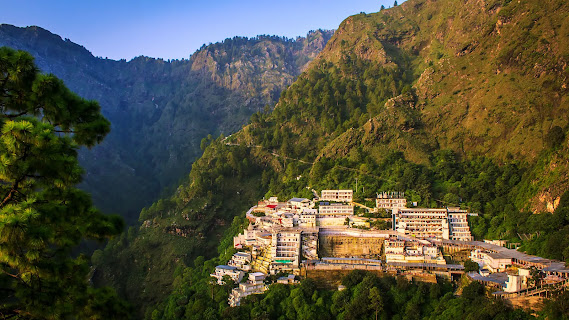Gwalior Fort
GWALIOR FORT
Introduction
Gwalior Post, otherwise called "The Gibraltar of India," is perhaps of the most generally huge stronghold in India. It's essential area and great design have made it a number one for vacationers and history specialists the same. Be that as it may, what makes this post so unique? Is it the excellence of its royal residences, sanctuaries, and exhibition halls, or the stories of brave lords and wild fights that it holds inside its walls?
Location and How to Get There
Located in the heart of Madhya Pradesh, Gwalior Fort stands at a height of about 300 feet on a hilltop. The fort overlooks the city of Gwalior and is easily accessible from major cities across India.
If you’re planning to visit:
The Verifiable Importance
- By Air: The nearest airport is Gwalior Airport, just 8 km away.
- By Train: Gwalior Junction is a major railway station with excellent connectivity.
- By Road: You can reach Gwalior by road via the well-maintained National Highways connecting the city to major cities like Delhi and Agra.
The post's set of experiences goes back more than 1,000 years. Initially worked by a neighborhood ruler, Raja Suraj Sen, it has seen various lines rise and fall. The post was governed by Rajputs, Mughals, Marathas, and in the end, the Scindias.
Every step of the way, you'll track down accounts of success, boldness, and interest woven into the actual stone of the stronghold. It expected a huge part in the political history of North India, particularly during the Mughal time frame, when heads like Babur and Akbar presented a defense for it.
Compositional Splendor
Gwalior Post is a radiant illustration of Indian engineering, mixing various styles over hundreds of years. The stronghold walls are worked of sandstone, giving it a brilliant earthy colored tone, which sparkles as the sun sets, transforming the post into a visual treat.
Key Highlights of the Post's Engineering:
Fantastic Entryways: The post's passageways are stupendous and strengthened with thick walls. The Hathi Pol (Elephant Entryway) is the most renowned among them.
Castles: Man Singh Royal residence is a breathtaking illustration of Rajput engineering, with its blue-tiled enrichments and cut themes.
Sanctuaries: The post houses a few Hindu sanctuaries with complex carvings, for example, the Sas Bahu sanctuaries, which reflect great craftsmanship.
The Significance of Gwalior Post in Indian History
From being a protected fortress to a social and political picture, Gwalior Post plays had a central effect in trim the region's arrangement of encounters. Babur, in his diaries, alluded to it as "the pearl in the jewelry of the posts of Rear."
It was the site of many key occasions, including the detainment of the Mughal Ruler Aurangzeb's sibling, Murad. The post likewise remained steadfast during the Indian Defiance of 1857, where it turned into a basic milestone.
Travel Tips for Visitors
- Wear Comfortable Shoes: The fort is vast, and you’ll need to walk a lot. So, comfortable footwear is a must.
- Stay Hydrated: Carry a bottle of water, especially during summer visits.
- Hire a Guide: To fully appreciate the fort's history, consider hiring a guide or using an audio guide.
- Photography: Don’t forget your camera! The fort offers stunning views of the city below, especially at sunset.






Comments
Post a Comment